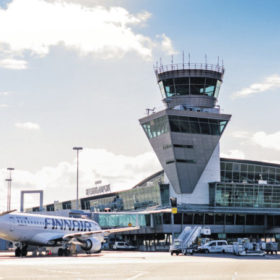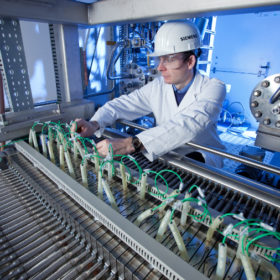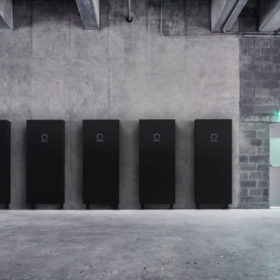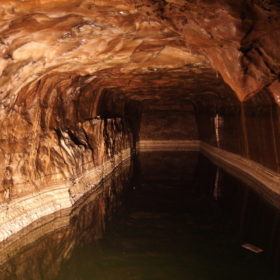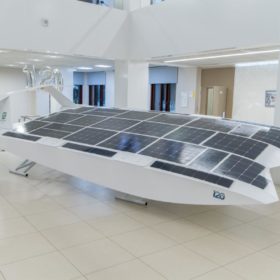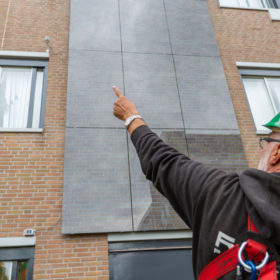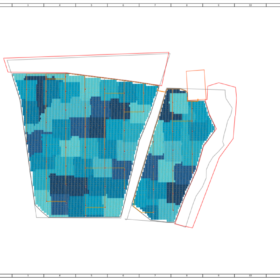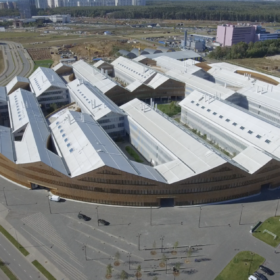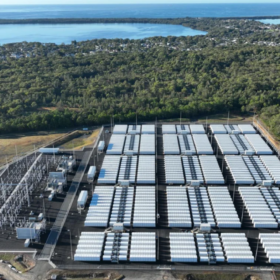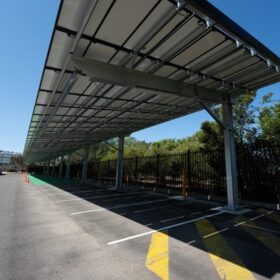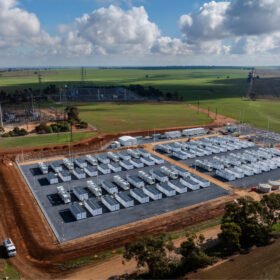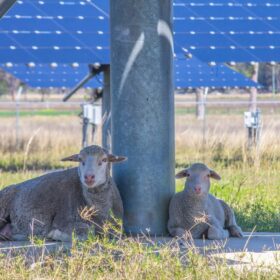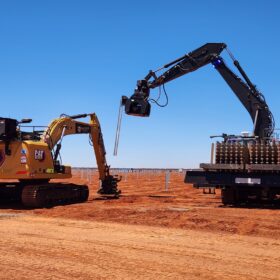Affordable hydrogen-fueled flight possible in 2035
Hydrogen-fueled aviation has a realistic chance of helping the sector achieve climate goals, according to a European Union-commissioned study.
Leaked: EU hydrogen strategy eyes €140 billion turnover by 2030
The European Commission has sent the European Green Deal on its way and a preliminary version of its anticipated hydrogen strategy has been leaked. The plan does not lack ambition, as the EU seeks to assert tech leadership in green hydrogen through coordinated efforts across the value chain.
Hanwha Q-Cells wins patent litigation against JinkoSolar, REC Solar and Longi in Germany
The Düsseldorf Regional Court has agreed Chinese rivals of the Korean manufacturer illegally used its patented passivation technology. The judges granted Hanwha Q-Cells an injunction which requires Jinko, REC and Longi to retrieve all modules featuring the patented technology distributed in Germany since late January last year. Hanwha can also opt to have the offending products destroyed.
New generation of solar batteries from Sonnen
The latest version of the storage system from the German manufacturer can store up to 55 kWh. Sonnen ensures a lifespan of 10,000 charging cycles.
Hydrogen storage in salt caverns
Researchers in Germany have identified salt caverns as a feasible and flexible solution for hydrogen storage. They also revealed that Europe has the potential to inject hydrogen in bedded salt deposits and salt domes, with a total storage capacity of 84.8 PWh.
World’s first self-drifting solar boat
The pilotless, high-speed solar boat, now under development by Russian scientists, purportedly has unlimited power reserves. It could be used for marine patrols, search and rescue operations, and cargo delivery, they said.
Facade solar panels with ‘mimic design’
Dutch startup Solar Visuals and the Netherlands Organisation for Applied Scientific Research (TNO) have developed new “mimic design” facade modules that reproduce the features of building surfaces. Lenneke Slooff-Hoek, a senior scientist for TNO, told pv magazine that the panels can be made in any size or color at 13% efficiency, adding that they have a partly transparent colored layer made of small dots.
Spanish startup RatedPower, pioneer in the development of software to optimise the design of solar plants
By scanning millions of iterations, pvDesign finds the best plant configuration and automatically generates over 300 pages of detailed documentation in seconds. The Spanish firm has just landed its first Australian client.
New insights into lithium-ion battery structure
Scientists at Moscow’s Skoltech Center for Energy Science and Technology have developed a method of visualizing the formation of layers on battery electrodes during their initial operation. The observations reveal various mechanisms that could be optimized to improve battery performance and operational lifetime.
Jinko claims US trade commission has dismissed Hanwha patent infringement claim
The Chinese manufacturer this morning said the International Trade Commission had agreed with the initial determination issued by an administrative law judge in April, that Jinko and peers Longi Solar and REC Group had not infringed its solar cell passivation technology.
